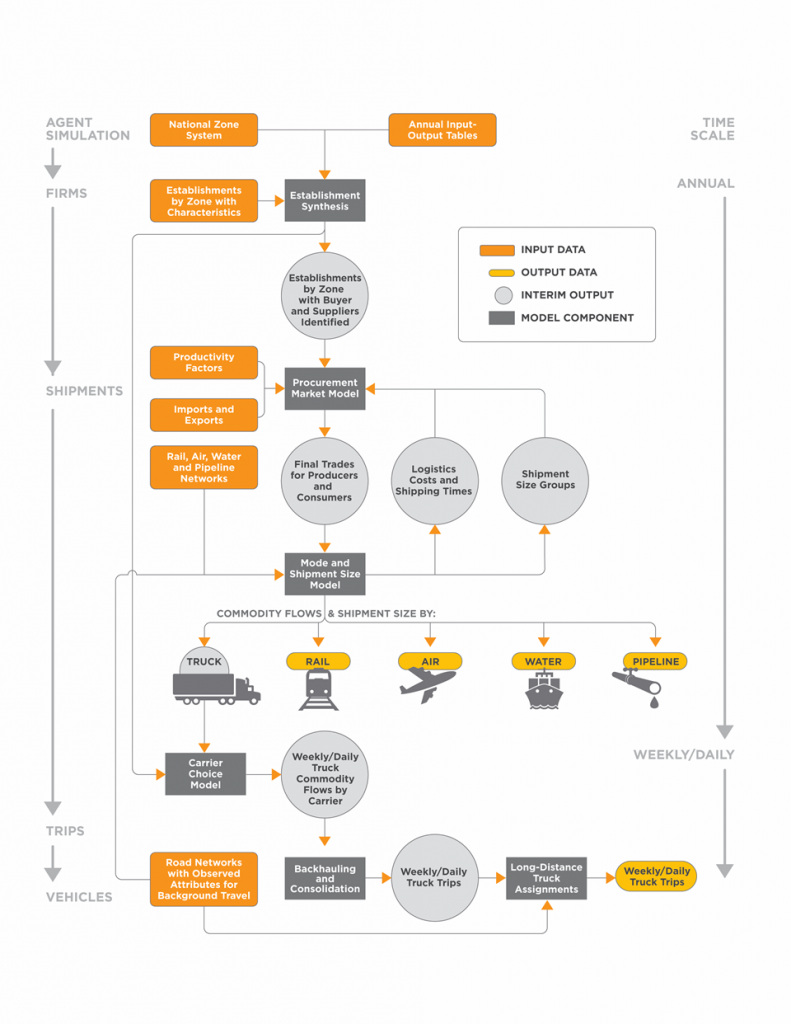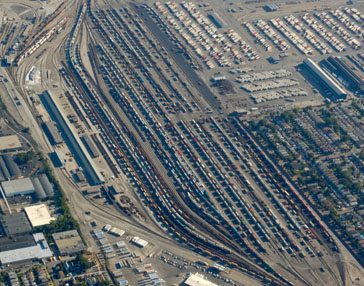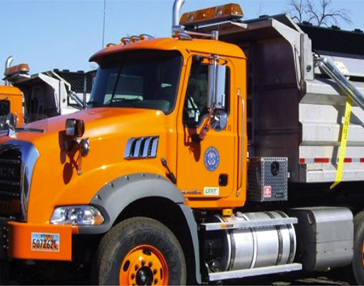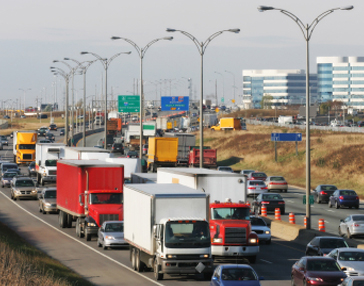Behavioral-Based National Freight Demand Model
Historically, freight modeling tools have relied on passenger travel demand modeling approaches, which could not fully explain goods movement, especially at a national scale. So, the Federal Highway Administration (FHWA) sought an innovative national-level freight-demand modeling system to evaluate national freight policy alternatives. Beginning in 2014, RSG led the development of this for FHWA. This…
Tour-based and Supply Chain Modeling for Freight
Despite recent advances in freight and commercial vehicle modeling, the current state of the practice methods are not adequate to address the increasingly complex issues related to freight demand. This project includes research that has combined tour-based truck models and logistics supply chain models for urban commercial vehicle movements, and that has demonstrated a functional…
Model Improvement Program – Freight Forecasting
RSG developed valley-wide and county-level goods movement model improvements for the eight San Joaquin Valley county agencies as part of the San Joaquin Valley Model Improvement Program (MIP). The goods movement modeling improvements included updating commodity flow data, updating economic flow data, updating agriculture flow data, and revising the methods used for short-haul commercial vehicles…
Utah Statewide Freight Model
Utah serves as an essential hub in the distribution of goods and services to the Western United States. The current large volume of statewide freight traffic raised the need for the development of a freight demand model that could forecast the impact of continually increasing freight traffic on major highways in the State. In 2011-2012,…
Understanding Urban Goods Movement
RSG was part of a team that developed a guidebook and case studies to help improve public planning, policy and design decisions affecting goods movement in urban settings. RSG’s work included conducting case studies of “best practices” from around the world and distilling them into practical and usable guidance. The guidebook and case studies help…
Strategic Goods Movement Network Plan
The fast-growing Region of Peel, Ontario, which includes some of the highest volume freeway segments in North America, sought to identify a strategic network of goods movement routes to support its logistics-based economy. The Region’s goal was to facilitate efficient, seamless connections across goods movement modes (e.g., truck, rail, air, water) and major economic activity…






